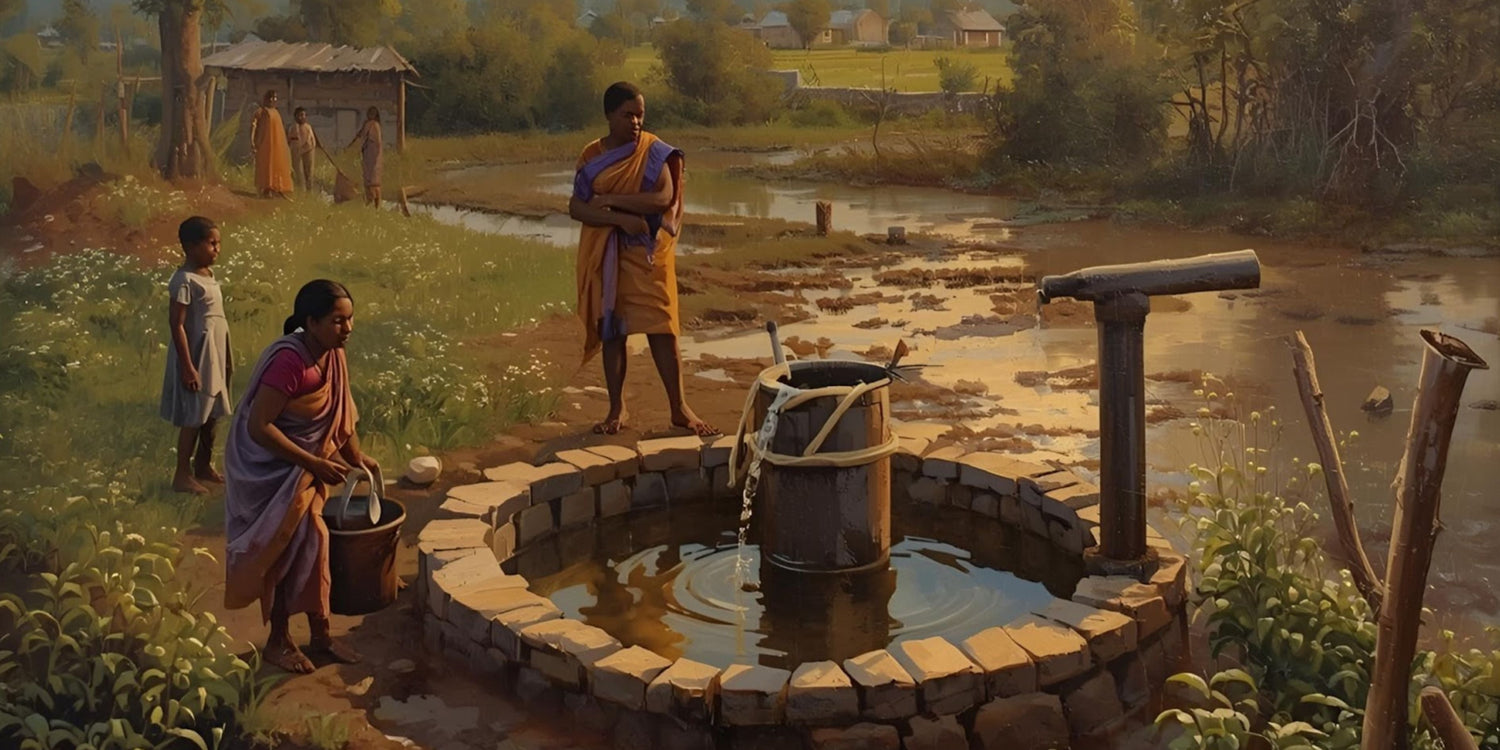Water is one of the most essential resources, yet it is also one of the most vulnerable. With rapid urbanisation, climate change, and a growing population, water scarcity is no longer a distant problem—it’s a daily reality for many households in India. To tackle this, the Government of India launched the Jal Shakti Abhiyan, a nationwide mission designed to conserve water, encourage rainwater harvesting, and ensure long-term water security for communities.
In this blog, we’ll explore what the Jal Shakti Abhiyan is, why it matters, and how citizens can actively participate. We’ll also look into the Jal Shakti Abhiyan: Catch the Rain – 2025 initiative, its impact, and practical ways you can contribute through solutions like rainwater harvesting systems and filters.
Why Was Jal Shakti Abhiyan Launched?

A common question people ask is: Why do we need such a programme when water is naturally abundant during monsoons?
The answer lies in the uneven distribution of water. India receives most of its rainfall during a few months of the year, and much of it is lost due to run-off. Groundwater depletion is another growing concern, especially in urban and semi-urban areas. The Jal Shakti Abhiyan Rainwater Harvesting drive was introduced to make people aware that unless rainwater is captured, stored, and used efficiently, communities will continue facing seasonal water crises.
This campaign promotes structures like check dams, percolation pits, and rooftop collection to recharge groundwater and ensure sustainable access to clean water.
What is “Catch the Rain – 2025”?
The Jal Shakti Abhiyan: Catch the Rain – 2025 theme is based on a simple yet powerful message: catch the rain where it falls, when it falls. The campaign encourages every household, school, office, and community to install systems that collect and store rainwater.
Many people are curious about how this is different from earlier efforts. The 2025 mission is unique because it combines government-led initiatives with citizen participation, technology-driven monitoring, and updated guidelines for urban and rural areas. Whether it’s through installing a rain water harvesting filter for the home or setting up large-scale Rainwater Collection Systems in public institutions, the programme emphasises local action for national impact.
How Does Rainwater Harvesting Help?
People often ask: What real difference can rainwater harvesting make in day-to-day life?
The benefits are both immediate and long-term:
-
Reduces dependence on groundwater – With falling groundwater levels, harvesting rain ensures a supplementary water source.
-
Cost-effective water supply – Using a rain water filter for the home reduces the cost of purchasing bottled water or relying heavily on municipal supply.
-
Better water quality – A well-designed Home Water Filtration System ensures rainwater is clean and safe for domestic use.
-
Environmental sustainability – Rainwater harvesting reduces run-off, prevents flooding, and helps restore ecological balance.
In essence, rainwater harvesting makes households more self-sufficient and communities more resilient.
Jal Shakti Abhiyan 2025 Updates You Should Know
Many readers are keen to stay updated about the progress of the mission. Here are the key Jal Shakti Abhiyan 2025 Updates that matter:
-
The programme is being integrated with local government planning, ensuring that rainwater harvesting becomes part of urban development projects.
-
Smart tracking and digital tools are being introduced to monitor structures created under the initiative.
-
Awareness campaigns are expanding in schools and colleges to involve the youth.
-
The government is encouraging the use of advanced tools like Rainwater Filter Systems to ensure harvested water is safe and usable.
For households, this means more access to affordable technologies and support in adopting rainwater harvesting solutions.
What Role Can Households Play?
Another common question is: Is this mission only for large organisations, or can households contribute too?
The truth is, every home can make a difference. For example:
-
Installing a rainwater harvesting filter for the home allows families to collect clean rainwater directly from rooftops.
-
Adding Rainwater Harvesting Accessories to existing pipelines makes collection easier and more efficient.
-
A compact Rainwater Harvesting System can be set up even in small houses and apartments.
Households that adopt these measures not only reduce water bills but also become part of a larger movement towards sustainable living.
What Are the Challenges People Face?
People are often worried about challenges like cost, maintenance, and space. Let’s break it down:
-
Cost: Initial setup may seem like an investment, but once installed, a rainwater filter system saves money in the long run.
-
Maintenance: Modern filters, especially self-cleaning rain water harvesting filters, are designed for low maintenance.
-
Space: Even if you don’t have large open areas, rooftop collection or balcony-based systems can work effectively.
By addressing these common concerns, the Jal Shakti Abhiyan ensures that rainwater harvesting is not just a dream for big institutions but a reality for every household.
Moving Towards a Water-Secure Future
The success of the Jal Shakti Abhiyan depends on how well individuals, households, and organisations adopt rainwater harvesting as a lifestyle choice. Every drop saved today ensures water security for tomorrow. By using tools like a Rainwater Harvesting System, households can directly contribute to this mission.
If you are looking for reliable filters and systems that support sustainable living, you can explore trusted solutions at Rainy Filter.
Key Takeaways:
-
Jal Shakti Abhiyan is a nation-wide mission to conserve water and promote rainwater harvesting.
-
Jal Shakti Abhiyan: Catch the Rain – 2025 urges people to capture rain where it falls and when it falls.
-
Rainwater harvesting benefits include reduced groundwater dependence, lower costs, and environmental sustainability.
-
Citizens can actively contribute by installing systems like rainwater harvesting filters for the home and Rainwater Collection Systems.
-
Government support, modern technology, and citizen participation make the mission achievable.
FAQ’s:
1. What is Jal Shakti Abhiyan in simple terms?
It is a government-led campaign focused on conserving water and promoting rainwater harvesting across India.
2. What makes the 2025 campaign different?
The Jal Shakti Abhiyan 2025 Updates include digital tracking, citizen participation, and emphasis on safe filtration systems.
3. Can small households participate in rainwater harvesting?
Yes, even small homes can install compact systems like a rain water filter for the home or rooftop collection units.
4. Is harvested rainwater safe to use?
Yes, when passed through a proper Rainwater Filter System or Home Water Filtration System, the water becomes clean and safe for domestic use.
5. How do I start with rainwater harvesting?
You can begin with simple solutions like rooftop collection connected to a rainwater harvesting filter for the home, and gradually expand with accessories for larger storage.

